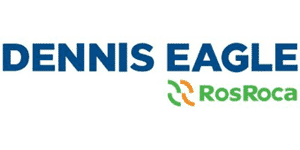- Home /
- How Goodflex Rubber Compress Production Time for Standard and 3D Printed Tooling
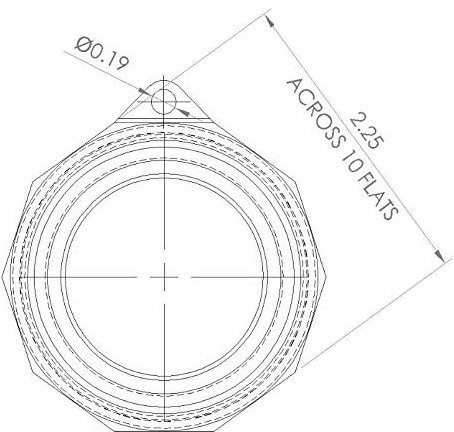
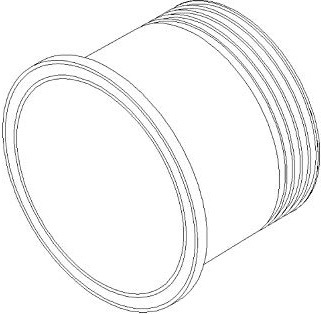
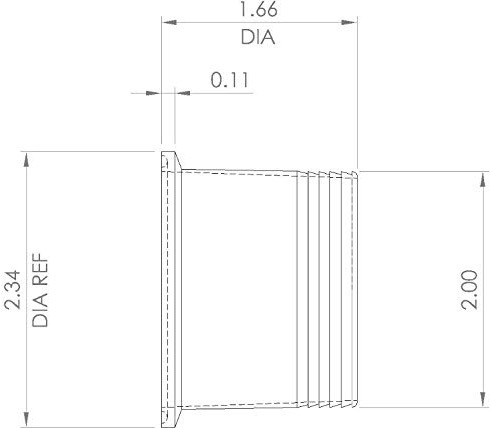

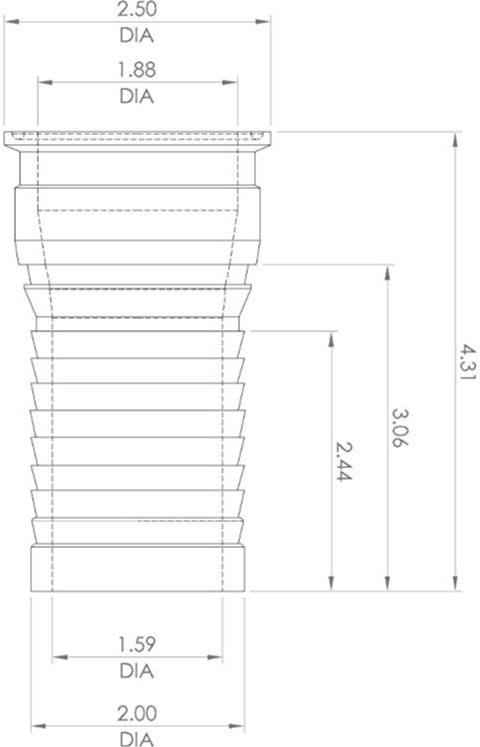
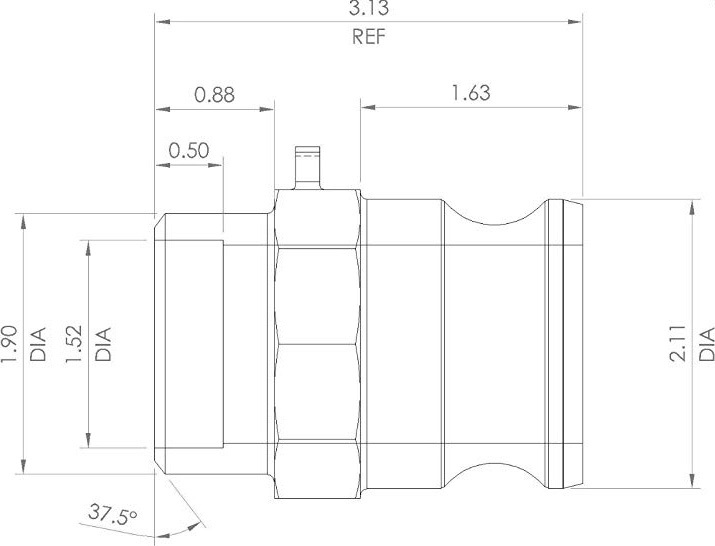
Blog
How Goodflex Rubber Compress Production Time for Standard and 3D Printed Tooling
Today, we are looking at compressing tooling times for both standard and 3D printed tooling. Goodflex has the capability to assist you, regardless of your source, whether it is a CAD model, 2D drawing, or a physical sample.
CAD models are separated into individual bill of material components, and our CAD team recreates 2D drawings specifically for tooling applications. Physical samples are 3D scanned to capture their dimensions accurately and we extract all critical geometry and dimension information.
Collaborating with you, we generate a full scope of requirements, which we use to create a detailed route of operations. We ensure to send your quotation within the specified time frame. To avoid any delays, especially for deadline-critical projects, we urge you to release your critical purchase orders as soon as possible. For urgent needs, a premium fast track service is available; please speak to a member of our sales team for more information.
Let’s examine some critical factors for tooling. Our tooling design team focuses on optimum life cycle material, cost-effectiveness, application design, part production efficiency and the method of manufacture.
For standard tooling, the production of jigs and fixtures begins for the tool making team, the inspection team, and for trimming the final product. The next step is initiating tooling production, which typically has a lead time of up to four weeks. We scan the standard tooling to ensure its accuracy, and if any discrepancies are found, the tool making team will rework the tooling accordingly.
![]()
For 3D printed tooling, we revise the tooling geometry to extend trimming areas and add clamping fixtures to facilitate easier manufacture. 3D printed technology is ideal for rapid prototyping or fast track production. We scan the 3D printed tool to confirm its accuracy, and if any issues are detected, the tooling is revised and reprinted.
![]()
First article builds (FAB) are conducted to confirm that the product meets specifications before full production begins. Upon a successful FAB, the part moves into full production, where it is trimmed with fixtures and then moved to testing and validation.
Following a QA inspection, the parts proceed to despatch for courier delivery directly to you.
For further information please get in touch:
Subscribe and keep up to date with the latest news.
Follow us on
https://www.instagram.com/goodflexrubber
@goodflexrubber






